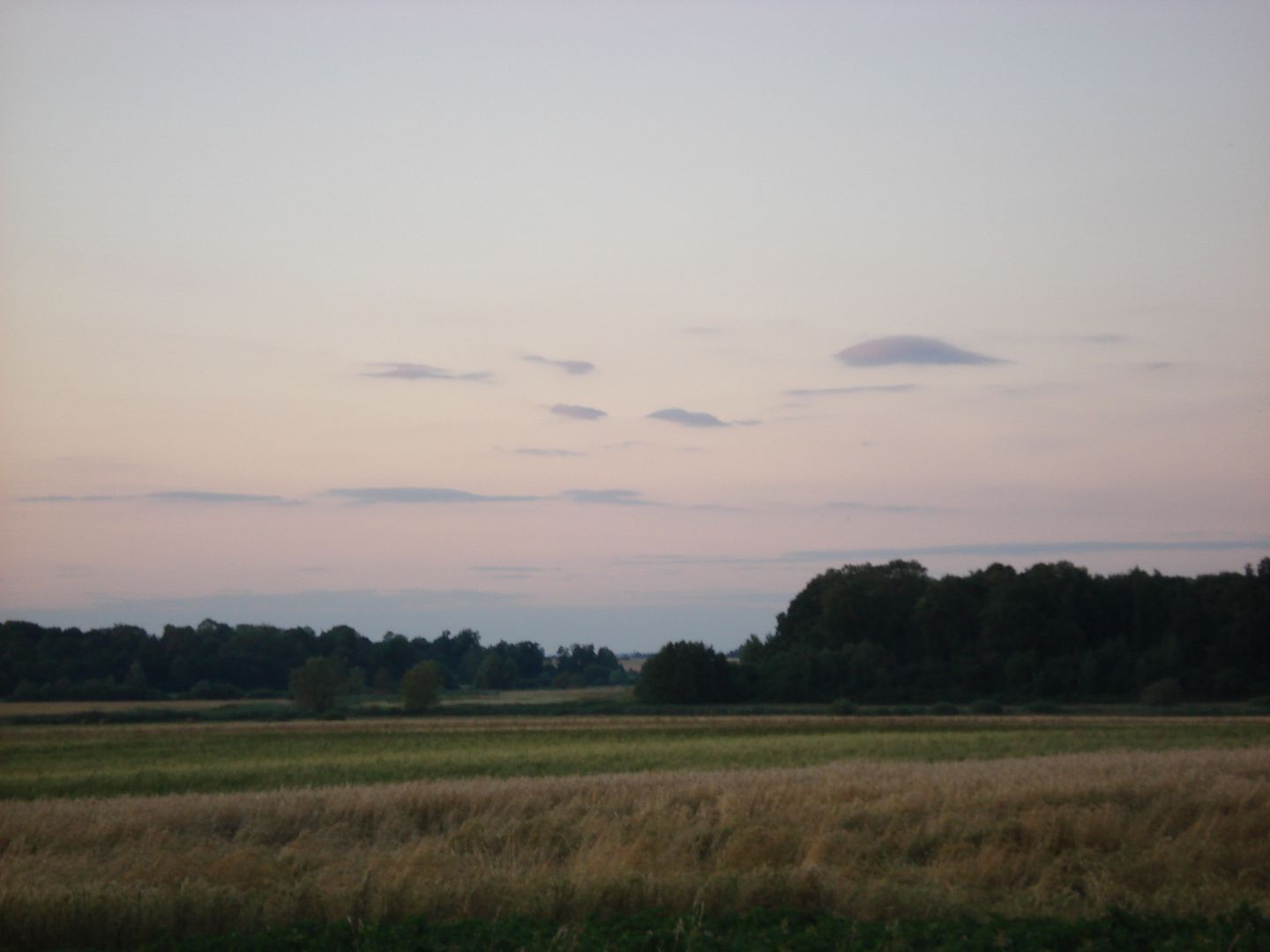Smoligov
6.78

Overview
Smoligów is a village in Poland, located in the Lublin Voivodeship, within Hrubieszów County, in the administrative district of Mircze. The village boasts a rich historical background dating back to the times of the Cherven Cities in the 10th century, and its name likely originates from the Russian name Smolig. The first recorded mention of Smoligów dates to 1430, when the village was owned by Tomasz Kwaczała. During the medieval period and beyond, the area underwent various administrative changes, and in the 16th century, Smoligów was part of the Bełz Voivodeship.
In the 18th century, the village belonged to the Uhrynów parish, and its residents were connected to local families, such as the Jakubczuk family. The 19th century saw the village flourish, with records from 1827 and 1921 noting 33 houses and 203 inhabitants, and 79 residential buildings and 445 inhabitants, respectively. The period of World War II brought tragic events when, in March 1944, the village was attacked by Ukrainian police and the Wehrmacht, resulting in the mass extermination of Poles and the destruction of many homes.
Architecturally, Smoligów does not feature significant monuments, but its history is woven with the traditions of its local inhabitants, tied to religion, as reflected in its affiliation with the Parish of the Resurrection of the Lord in Mircze. Local culture has been shaped by rural life and family traditions, including marital ties, which are evident in parish records.
An interesting fact is that Smoligów, due to its dramatic history, features a memorial monument honoring the victims of the crimes committed in 1944. Additionally, the District Commission for the Investigation of Crimes Against the Polish Nation is conducting an investigation into these events, demonstrating that the memory of the tragic occurrences remains alive within the local community.
Thus, Smoligów is a place with a rich history, strong family traditions, and a local culture that has endured despite the numerous hardships faced by its inhabitants over the centuries.
Location
2025 Wizytor | All Rights Reserved